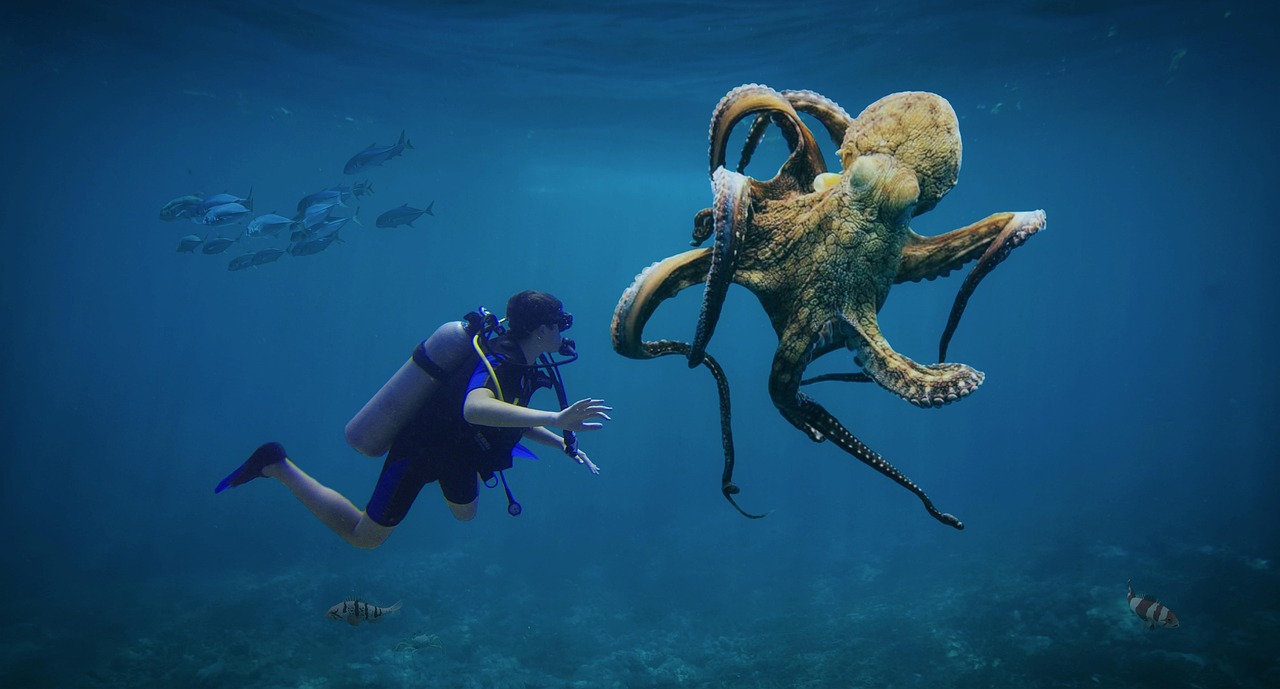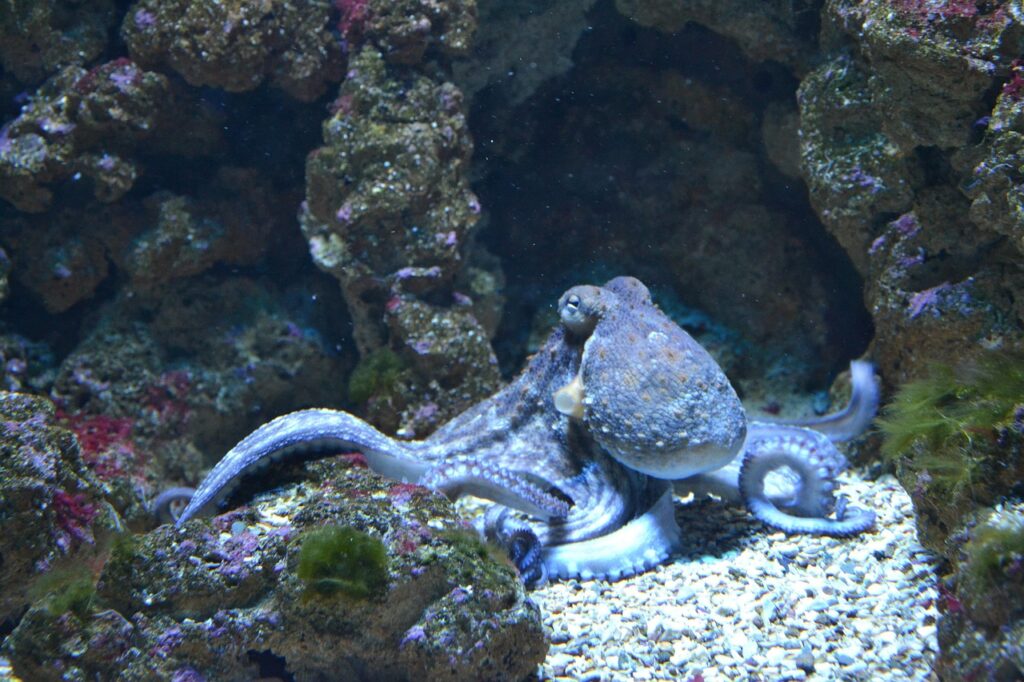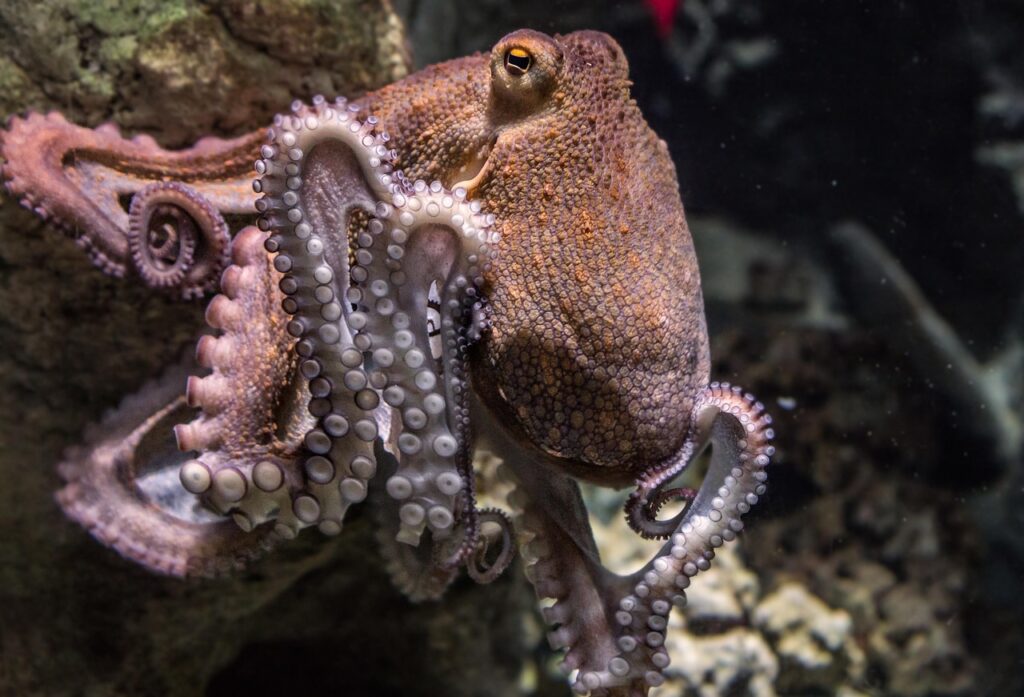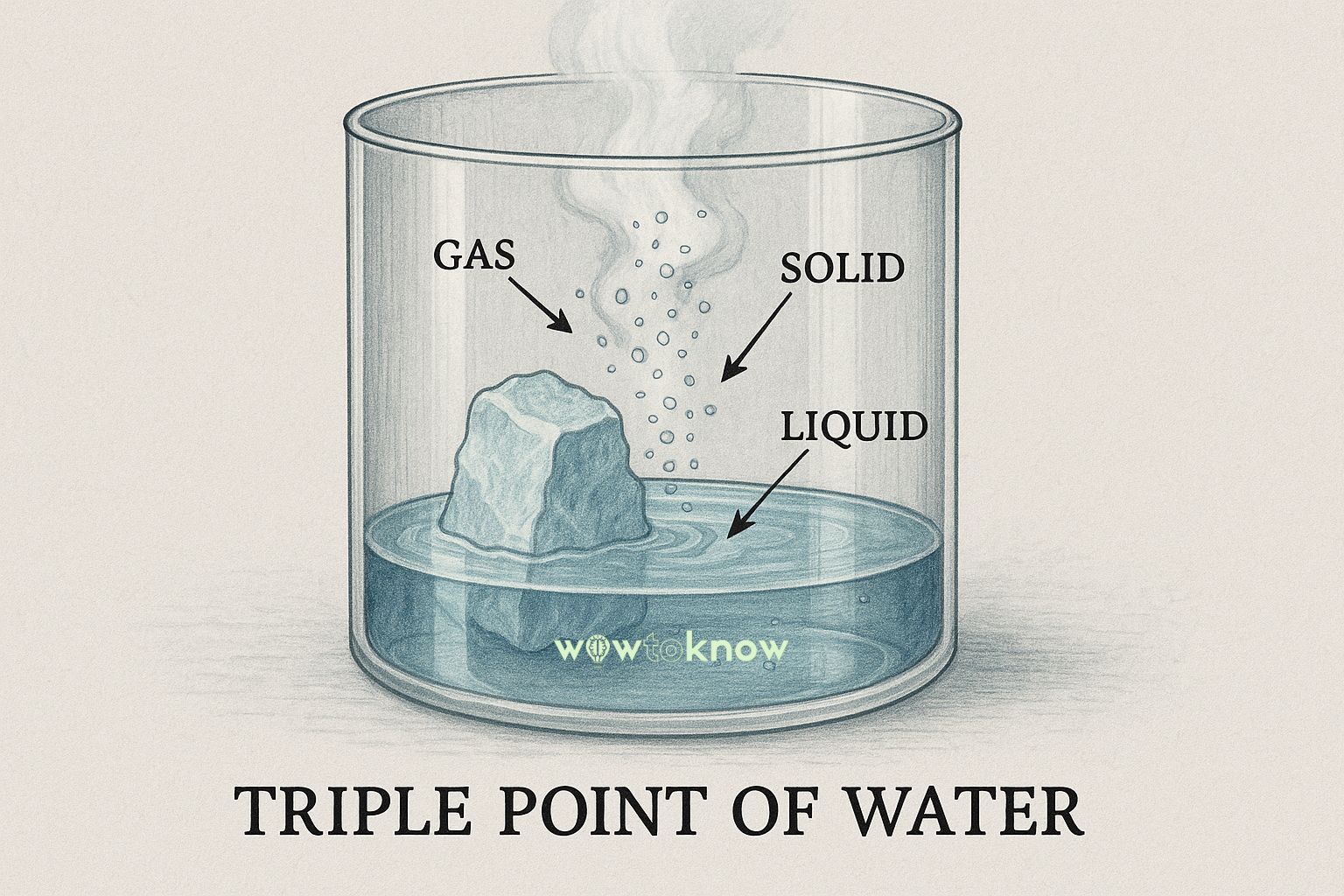Of all the creatures in the ocean, octopuses might be the closest thing to aliens we’ll ever meet. They can change color, squeeze through tiny gaps, taste with their arms – and that’s just the beginning. What really sets them apart is what’s happening inside their bodies.
Octopuses have three hearts and blue blood, and those two traits aren’t random. They evolved to help these animals survive in the cold, high-pressure world of the deep sea. Let’s break down how this works and why it’s more than just a cool fact – it’s key to understanding one of the most bizarrely intelligent animals on the planet.
Why Octopuses Have Three Hearts
Most animals get by with one heart. Octopuses, though, evolved a more complex system to deal with the way their bodies move oxygen.
They have:
- One systemic heart – this is the main heart, which pumps oxygenated blood from the gills to the rest of the body.
- Two branchial hearts – one for each gill, which pump deoxygenated blood to the gills to pick up oxygen.
This setup is all about efficiency. Before blood can deliver oxygen to the body, it needs to pass through the gills. So each gill gets its own dedicated pump. Then the systemic heart takes over and sends oxygen-rich blood where it’s needed.
Here’s the twist – and it’s a big one: the systemic heart actually stops beating when the octopus swims.
Yes, when an octopus uses jet propulsion to move quickly through water, its main heart takes a break. That’s one reason octopuses prefer crawling to swimming. Swimming is stressful, tiring, and temporarily shuts off their main oxygen delivery system. For them, stealth is more sustainable than speed.

Why Their Blood Is Blue
If you’ve ever cut yourself, you know what oxygenated blood looks like: red. That’s because human blood uses hemoglobin, an iron-based protein, to carry oxygen.
Octopuses are built differently. Their blood uses hemocyanin, a copper-based molecule that turns blue when it binds with oxygen.
Why the difference?
Copper performs better than iron in cold, low-oxygen environments – exactly the kind of places where many octopus species live. Deep ocean water has less dissolved oxygen and can get near freezing. Hemocyanin allows octopuses to extract and transport oxygen efficiently in these tough conditions.
It also means their blood is less efficient in warmer water, which explains why octopuses are sensitive to rising ocean temperatures. Some species struggle to survive as seas warm due to climate change – their blue blood simply isn’t optimized for those conditions.
For more on how hemocyanin works, check out this Smithsonian article.
The Link Between Hearts, Blood, and Survival
The three-heart system and blue blood aren’t random quirks – they’re solutions.
Octopuses are soft-bodied, squishy, and extremely active. They can’t rely on a skeleton to protect or support them, so they need energy-efficient ways to stay mobile and responsive.
Their cardiovascular system evolved to maximize oxygen usage in extreme underwater conditions:
- Two hearts keep the gills working full time
- One heart handles the rest – unless the octopus is swimming
- Blue blood ensures oxygen is still delivered even when levels are low
Some deep-sea octopus species have been found living at depths of 7,000 meters – that’s over four miles underwater, where pressure is intense and oxygen is scarce. Without hemocyanin and their specialized hearts, survival at those depths would be impossible.

Other Weird Octopus Traits
The heart and blood situation is just the beginning. Octopuses seem to be made of exceptions.
- Nine brains – one central brain and a mini “brain” (really a neural cluster) in each of their eight arms. These arm brains can operate semi-independently, handling tasks like grasping, exploring, and even decision-making without consulting the central brain.
- Color-shifting skin – octopuses can change color and texture in milliseconds, thanks to specialized skin cells called chromatophores, iridophores, and leucophores. They use this to camouflage, communicate, and even intimidate.
- Regenerating limbs – lose an arm? No problem. Octopuses can regrow lost limbs – sometimes even with memory carried over in the regenerated limb’s neural network.
- Tool use and puzzle-solving – octopuses have been seen opening jars, escaping tanks, and building shelters out of coconut shells. Their intelligence is on par with some mammals.
- Short lifespan – despite their complexity, most octopus species only live 1–2 years. The giant Pacific octopus might live up to five years, but that’s rare.
How Their Biology Shapes Their Behavior
Because the systemic heart stops during swimming, octopuses don’t chase down prey with bursts of speed. Instead, they rely on stealth, camouflage, and cleverness.
Their arm brains allow for multi-tasking. While one arm explores a crevice, another can be testing a shell, while another checks for predators.
Their intelligence and adaptability are supported by this highly specialized body system – and it’s helped them become one of the most successful invertebrates on the planet.
According to National Geographic, octopuses have been found in every ocean and nearly every depth – from coral reefs to abyssal plains.

FAQs
Why does the heart stop beating when octopuses swim?
Because swimming increases blood pressure dramatically. To protect the systemic heart, it shuts down temporarily while the branchial hearts keep pumping to the gills.
Is blue blood unique to octopuses?
No – it’s found in other mollusks and some arthropods, like horseshoe crabs. It’s always due to hemocyanin, the copper-based oxygen carrier.
How do the three hearts work together?
Two hearts send blood to the gills to collect oxygen. The main heart takes that oxygen-rich blood and sends it to the rest of the body. It’s a constant cycle – unless they’re swimming.
Are all cephalopods like this?
Most are. Squid and cuttlefish also have three hearts and blue blood, though each species has its own variations in how their systems operate.
What happens if one heart fails?
Since each heart plays a specific role, failure of even one would likely be fatal. Their systems are tightly integrated and rely on balance.
Built for the Deep, Wired for Survival
Three hearts. Blue blood. A brain in every arm. The more you learn about octopuses, the less they feel like “just another animal.”
Every part of their biology – from their triple-pump circulatory system to their copper-based blood – is tuned for surviving in some of the planet’s most extreme environments.
If octopuses seem like aliens, it’s because they basically are – just without the spaceship.
Fancy more wow-facts about animals? Did you know that sloths hold their breath longer than dolphins?
To learn something new and amazing each day, follow WowToKnow on Facebook, X, Reddit, and Telegram.






